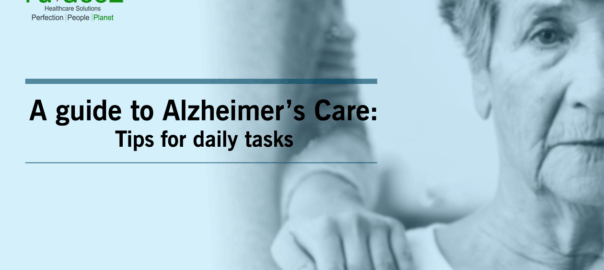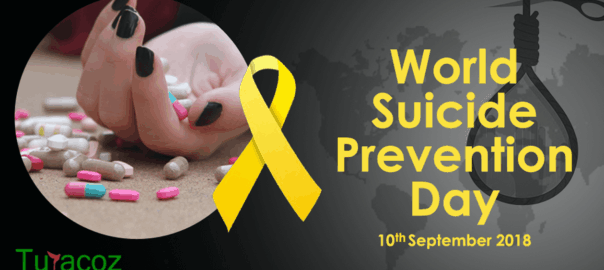Rabies, a viral disease that is mainly transmitted by an infected animal bite, is a 100% preventable disease. However, it is still major a public health problem with one death reported every 15 minutes worldwide. Therefore, to raise awareness regarding the burden of rabies, and to unite efforts for its prevention and control, 28th September is celebrated globally as World Rabies Day. This day also marks the anniversary of Louis Pasteur’s death, the French chemist and microbiologist, who developed the first rabies vaccine. Celebrating the World Rabies Day serves a reminder that our fight against this deadly disease is far from over.
The first World Rabies Day was observed in 2007, which was a collaboration between the Global Alliance for Rabies Control and the Centers for Disease Control and Prevention, Atlanta, USA, with the co-sponsorship of the World Health Organization (WHO), the World Organization for Animal Health (OIE) and the Pan American Health Organization. It proved to be an extremely successful campaign, and by 2009, nearly 100 million people worldwide had been educated about rabies and ~3 million dogs had been vaccinated (as estimated by the Global Alliance for Rabies Control). On the last World Rabies Day in 2017, several major health organizations, including WHO, OIE, and the Food and Agriculture Organization of the United Nations (FAO), pledged to eliminate human deaths from dog-transmitted rabies by 2030.
The World Rabies Day has been identified as an important tool that can assist in rabies prevention by educating and mobilizing at-risk communities, animal health workers, public health practitioners, governments, key opinion leaders, and experts. Today, we have safe and efficacious animal and human vaccines that can eliminate human deaths from rabies; however, lack of awareness is the major roadblock in successfully engaging communities for rabies prevention. Rabies prevention and control has two broad components: animal rabies control and human rabies prevention. Pictorial description of both are shown in Figure 1.
Figure 1 Rabies prevention and control
The World Rabies Day campaign has a centralized online platform where groups can register their World Rabies Day events and download resources, in print and online, that can support their message for rabies prevention. Moreover, since rabies is a disease that can easily cross borders, especially in wild animal populations, the campaign encourages trans‑national collaboration of rabies control and prevention. The World Rabies Day logo represents the complexity of rabies, which can infect human beings, wildlife and domestic animals, and therefore, needs an interdisciplinary approach to control it.
Overall, the World Rabies Day is a campaign for education, awareness, and action to encourage organizations across all levels-international and local-to increase the spread of messages for rabies prevention. With this blog, Turacoz Healthcare Solutions (a medical communication company) aim to raise awareness about rabies prevention and highlight progress in defeating this animal transmitted viral disease.









